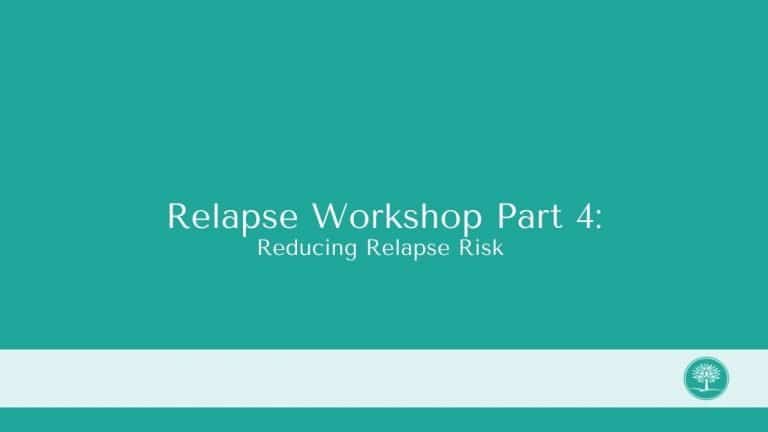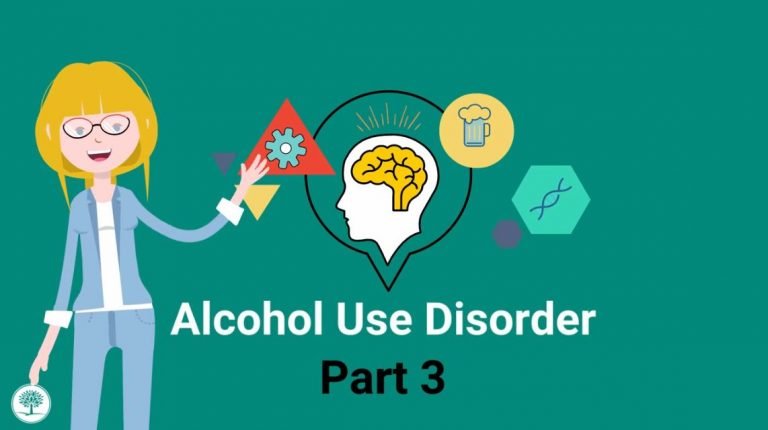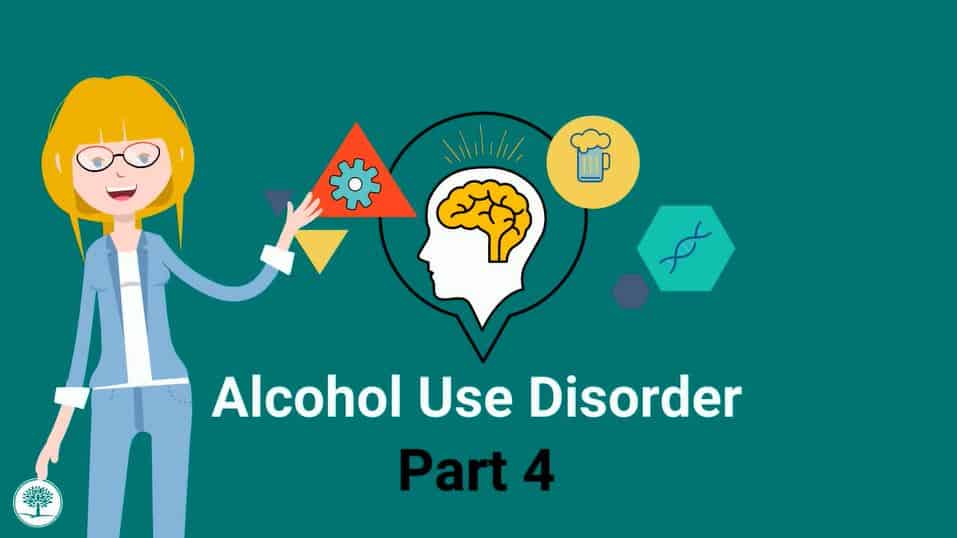Today, we are going to look at the opioid crisis.
The crisis is not coming. The crisis is here, and the crisis is real.
More than 750,000 people have died since 1999 from a drug overdose. And 2 out of 3 of those deaths in twenty eighteen involved an opioid, which is a six-fold increase from 1999.
That means opioids killed 47,000 people in 2018. Of those 47,000 deaths. Heroin killed 15,000 people or five deaths per 100,000 Americans. But synthetic opioids like fentanyl killed 31,000 or ten deaths per 100,000 Americans.
21% – 29% of patients prescribed opioids for chronic pain will misuse them, 8 to 12 percent will develop an opioid use disorder. 4 to 6 percent who misuse their prescribed opioids will transition to using heroin. And 80 percent of the people who first used heroin also misused their prescription opioids.
And the crisis is growing.
Information from the CDC in 2018 indicated that the epidemic is spreading, particularly among males, 25 to 44 years of age, who were responsible for 197 deaths per day. More than car accidents, AIDS, and firearms combined.
This is mostly driven by synthetic opioids, illicitly manufactured like fentanyl, 100 times more potent than morphine, Sufentanil which is 1000x more potent than morphine. And Carfentanil which is 10000x more potent than morphine.
And now we have experimental opioids like a W 18, which is 30,000x more potent than morphine. Florida reported five hundred Carfentanil deaths in 2016 and the street purity of heroin today is four to five times that of the purity and 1970, although prescription drug overdose death rates only increased by 10.6 percent. Heroin related death rates increased by 200 percent.
The prescription opioid crisis in America paved the way for the current heroin epidemic.
In fact, the current heroin epidemic has seen three phases initially dominated by prescription opioids, the most common being oxycodone. But as pill mills were shut down and the street price of oxycodone soared, heroin snuck in as a cheap alternative.
Heroin replaced oxycodone and for a few years dominated the market. But heroin is expensive to produce and has high labor costs.
Fentanyl, which is cheaper to produce with lower labor costs, is a very potent synthetic opioid that produces an intense high that lasts longer and has now replaced heroin on the street.
Fentanyl, a synthetic opiate, is 50 to 100 times more potent than morphine and in many areas of our country has replaced heroin on the street. It is sometimes sold as heroin or heroin mixed with fentanyl, and it is sometimes sold as just fentanyl. Because of its high potency, there has been a 264 percent increase in deaths from 2012 to 2015. A small 30 milligram dose of heroin is equivalent to just a tiny, tiny amount of fentanyl.
Although opium had been around for thousands of years in China and the Middle East, it was unheard of in colonial America and unavailable. They treated their pain problems with mixtures of alcohol and various herbs, often including birch bark.
Morphine was first isolated between 1803 and 1805 and it was named after Morpheus, the Greek God of dreams.
In 1853, the hypodermic syringe was invented. As a matter of fact, the inventor’s wife was the first person known to die from an injected drug overdose.
Then we had the war between the states, which left hundreds and hundreds of thousands of Americans in pain and morphine was readily available. The addiction to morphine became so bad it was called morphinism. It was also called soldiers disease.
And in 1898, a Bayer pharmaceutical chemist searching for the cure for morphine addiction and a non-addictive treatment for pain invented diacetyl morphine. He named it heroin because it was going to be the hero drug that had so much promise.
As a matter of fact, heroin was sold by Sears and Roebuck in their mail order catalog in the early 1900s. And heroin addiction in the United States skyrocketed. It was our first wave of the opioid crisis.
So bad that in 1914, Congress passed the Harrison Narcotic Tax Act and began to heavily regulate opiate products.
To understand the opioid crisis, you must understand the powerful effects that opioids have in the human brain. As a matter of fact, we have two brains. There is the modern brain and the primitive reptilian brain.
The modern brain is all about reasoning and learning. And is the area where we have consciousness, motor and sensory abilities, memory, language, and abstract thought. It is flexible and it can change.
Whereas the primitive brain is all about survival and is the seat of emotions, autonomic functions and most importantly, reward and appetite. It is very reliable. It is very rigid. And it is always on.
In order to understand the opioid crisis, we must understand this primitive part of our brain, and to do that, we will need to travel back in time to the very beginnings of reward pathways with primitive man.
And here we are, a hunter gatherer, people living in makeshift dwellings. And the goal for every day is to survive and to survive we must eat and to eat we face extreme dangers because there are no restaurants. There are no fast food places. There is no grocery store. We do not even have a refrigerator. It is the daily task of survival. That is the goal.
The reward pathways are part of a powerful, survival driven, primitive brain system whereby we can activate the primitive brain, deactivate the modern brain and obtain a reward satisfaction because of a powerful hunger….despite risk, despite the threat of death. We have heightened attention and become entirely focused on obtaining that reward.
Our brains are actually hard wired to ensure that we would repeat life sustaining activities by associating those activities with pleasure or reward.
The normal pleasure response involves the pleasure center of the brain. Let us picture an ice cream cone. In response to eating or just seeing the ice cream cone, the pleasure center of the brain releases dopamine which triggers motivation for ice cream and a pleasure reward experience.
Opioid Drugs Act on the same pathway. Except that the drug causes a tremendous dopamine surge from the pleasure center of the brain, triggering a powerful pleasure motivation response in the neocortex.
But along with this, while other things start to happen in the brain. Other nearby areas in the brain also begin to change. Areas that are responsible for emotional and behavioral learning, body movements, memory processing and attention states.
Prolonged opioid drug use changes the brain in ways that are certainly long lasting, probably even permanent. It is as if a molecular switch has been thrown in the brain, which has caused sensitization resulting in powerful cravings, urges, relapses, total loss of control over drug use, and the compulsive drug seeking behavior that causes destruction of everything in the person’s life.
The reptilian brain now begins to control the modern brain with euphoric memories, profound changes in brain circuits, impaired cognitive function, adaptations in memory systems, and susceptibility to powerful emotional and environmental cues which result in continued compulsive drug use.
And that promise of pleasure turns into a nightmare with feelings of hopelessness, powerlessness, and enslavement to the drug.
We diagnose the disease using the DSM-5 criteria. This criteria includes such things as;
Using larger amounts over a longer period of time than intended.
Unable to control or cut down drug use.
Spend a great deal of time obtaining, using, and recovering from drugs.
A strong desire and urge to use.
Failure to fulfill major role obligations.
Continue to use despite social and interpersonal problems.
Giving up on important social, occupational, or recreational activities because of drug use.
Use in physically hazardous situations.
Despite knowledge of drug use causing recurrent physical and psychological damage, they cannot stop.
Tolerance is built up where larger amounts of the drug is needed to obtain the same effect.
And experiencing significant withdrawal symptoms when use is stopped.
If two or three of these symptoms are present, it is considered mild.
Four to five symptoms, moderate
And six or more symptoms severe.
And opioid addiction begins to affect every single area of a person’s life from relationship problems, physical, emotional, financial, occupational, everything. No area is spared.
To change the opioid crisis, we must start thinking of addiction as a chronic illness, just like hypertension, diabetes, and asthma. It needs to be monitored, treated, and evaluated. Like every other chronic disease in the United States.
We must also remember that part of the opioid crisis and balls, a brain that has become hijacked, it is trapped in a circle of dishonesty, denial, rationalizations, justifications, minimization, cravings, and guilt and shame. There is an incredible loss of control resulting in destruction of everything and the person’s life.
And the solution is treatment. One patient at a time, because this is a chronic brain disease that requires a dedicated, specialized, multidisciplinary team. If you know someone, perhaps a friend or relative that is struggling with these opioid drugs or maybe you yourself are part of the opioid crisis, feeling powerlessness, hopeless and helpless. Please arrange for treatment with an addiction specialist.
Treatment failure is not a reason to give up. It is an opportunity for learning, motivation and finding success. And treatment failure just means that you need more in-depth assessment or specialized treatment options.
And the opioid crisis, we are not going to be able to legislate our way out of this. And we cannot arrest our way out of this. We certainly cannot punish our way out of this or prescribe our way out of this.
The solution is multiple therapeutic treatments that involves a large number of therapies to help a person change and regain their ability to say no to drugs and yes to life.
The crisis is here, and the crisis is real, but there is a solution for the crisis and that solution is treatment.
Thank you for choosing The Recovery Village. If you or a loved one are struggling with mental health or substance abuse and would like to find out more about the programs we offer, please reach out to us directly at 855-387-3291.









